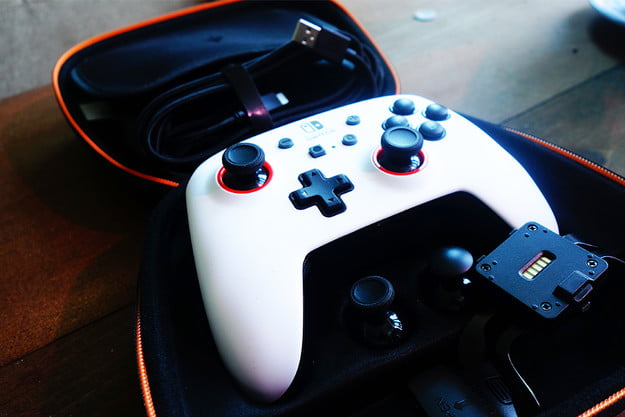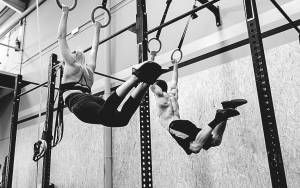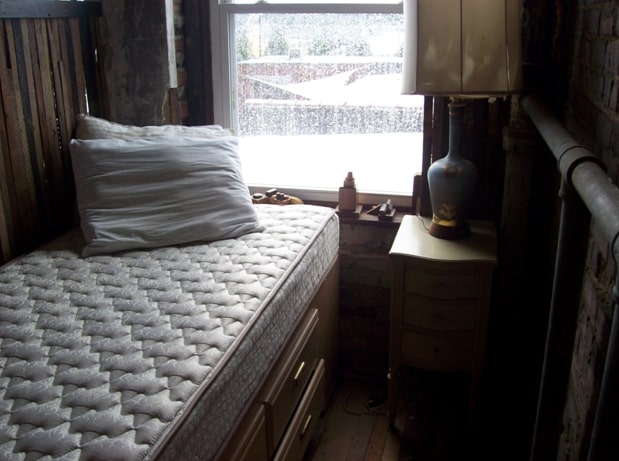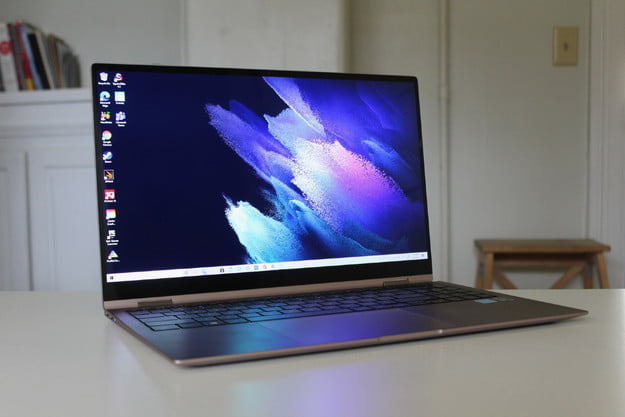Choosing the right Therapy Treatment Tables
Treatment tables are used to treat patients for physiotherapy, massage and medical examination. There are many factors to consider when purchasing the perfect physical treatment tables as it is a one-time investment and you will be spending a lot of money on it to begin with.
If you look for therapy treatment tables, you will find that there are many options available with different functions and qualities. The “table” is most important for any physiotherapist, massage therapist or chiropractor. This article has highlighted some of the most important things to look out for when choosing therapy treatment tables.
Important points when buying therapy tables
Width of the table
When choosing the table, you need to take into account the different sizes of the body that you will be working on. The table should be wide enough to comfortably accommodate people of different heights and weights. You can't have a table that can't accommodate wide body types that are too embarrassing for the customer and an awkward situation for you.
Height of the table
While treating the patients, you will also come across people of different sizes. Therefore, it is important to choose an average size table that is not too short for a tall person and not too high for a short person. The height of the table should be comfortable for you too as you might end up with it back Pain or shoulder and neck pain.
Load capacity
Look for therapy treatment tables that can support up to 600 pounds in weight. It would be helpful if you had a strong and durable table that could support any weight for long periods of time. You don't want your table to give you up within weeks or months. The carrying capacity is not limited to the weight of the client, but also to the pressure you exert during therapy.
Weight of the table
If you plan to be a mobile therapist, you need portable therapy treatment tables. The weight of the table shouldn't be very heavy as you will have to take them with you. It should also make it easier for you to load and unload the table. These tables are available with the ability to carry an immense weight.
Material of the table
There are two options available in therapy tables: wood and aluminum. The tables used to be made of other metals, but they rusted and started to squeak. They were also heavy so it wasn't easy to move from one place to another. In recent years, aluminum has become a therapist's first choice because of its slim appearance, reduced weight, and strength. The wooden tables are available in the same quality as aluminum. There isn't much of a difference between the two, but aluminum is stronger than wood.
Additional functions
If your office is running out of space, look for therapy tables with attached shelves and cabinets underneath. There is a possibility that you will take care of customers who use a wheelchair. If it is within your budget, you can opt for a table that can comfortably move the patient from the chair to the table without causing any problems. Also, choose a table with a motorized head adjustment option to have trouble adjusting the table manually.
Conclusion
If you are not sure if the size and height of the therapy treatment tables are perfect for you, you need to go to a nearest showroom or therapy center and request different types of tables they have and you can judge for yourself.







 Let my pain be your gain as I've rounded up some common mistakes coaches make early in their careers.
Let my pain be your gain as I've rounded up some common mistakes coaches make early in their careers.













